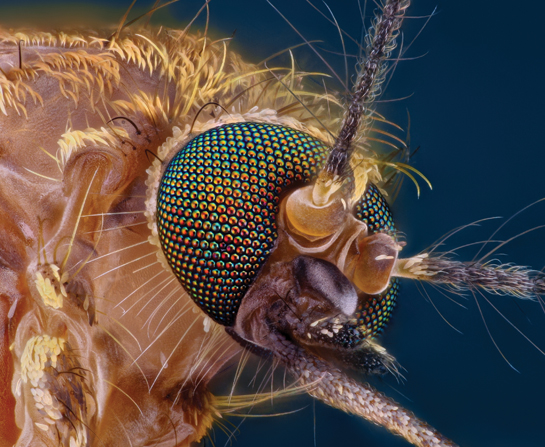Dengue & You: In Dengue’s Shadow
April 29, 2022 Return


Dato’ Dr Musa Mohd Nordin Consultant Paediatrician & Neonatologist, Clinical Professor of Paediatrics
According to Dato’ Dr Musa Mohd Nordin, historical reports suggest that dengue fever was first reported in Peninsular Malaya in 1902. However, it was in 1962 when a colleague of Dr Musa, the late Datuk Dr N Paramaesvaran encountered and later reported the first few cases of dengue haemorrhagic fever (DHF) in children in Malaysia.
Dr Param was a registrar in the children’s ward at Penang General Hospital during that year. Children began coming in with high fever, red or purple spots on the skin caused by bleeding (petechiae), bruising, and nose bleeds (epistaxis). Further examination on those children showed signs including a palpable liver, bruising due to a low blood platelet count (thrombocytopaenia) and low blood pressure (hypotension).
A recent circular by the Institute for Medical Research, Malaysia (IMR) alerted the hospital to a recent DHF outbreak in Thailand, and Penang was at risk of facing its own outbreak due to its proximity to that country.
Paired blood sera samples from suspected dengue victims were sent for a diagnosis, and the late Dr Albert Rudnick, an American virologist, confirmed everyone’s worst fears: Malaysia was experiencing its first dengue epidemic right in Penang.
From epidemic to endemic
“There were no clinical guidelines then,” wrote Dr Param, “so we really struggled to manage those cases.”
Dr Rudnick had just returned from Bangkok after managing a DHF epidemic (Dr Rudnick, in fact, coined the phrase “dengue haemorrhagic fever”) and he wasted no time flying down to Penang to look into the possible outbreak.
The findings were presented at the World Health Organization (WHO) Meeting on DHF in 1964. After the meeting, Dr Rudnick killed an Aedes aegypti mosquito while they were at the Bangkok airport, and said, “This is how dengue arrived in Penang.”
Since then, much research has been done to improve our understanding of the underlying mechanisms of dengue and its complications. Despite this, the dengue problem continues to exist, and in fact, has escalated in Malaysia as well as in other parts of the world. Dengue is now endemic in over 100 countries, with 70% of cases concentrated in the Asia-Pacific region!
- The first outbreak involved 41 confirmed cases and four deaths, but it was likely that many cases went unreported.
[1] Nordin M.M., & Paramaesvaran N. (2015, May 20). Dengue: then and now. Retrieved on September 15, 2015 from http://mpaweb.org.my/article.php?aid=807
If you like this article, do subscribe here.
